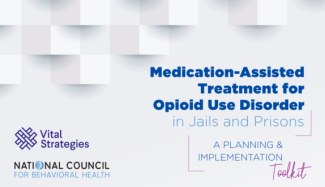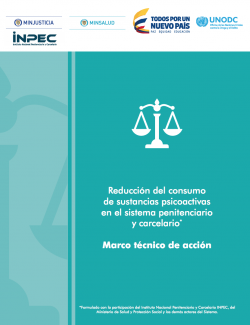Trends in Buprenorphine Use in US Jails and Prisons From 2016 to 2021
Source: Thakrar AP, Alexander GC, Saloner B. Trends in Buprenorphine Use in US Jails and Prisons From 2016 to 2021. JAMA Netw Open. 2021;4(12):e2138807. doi:10.1001/jamanetworkopen.2021.38807 Discussion In the US, buprenorphine use...

